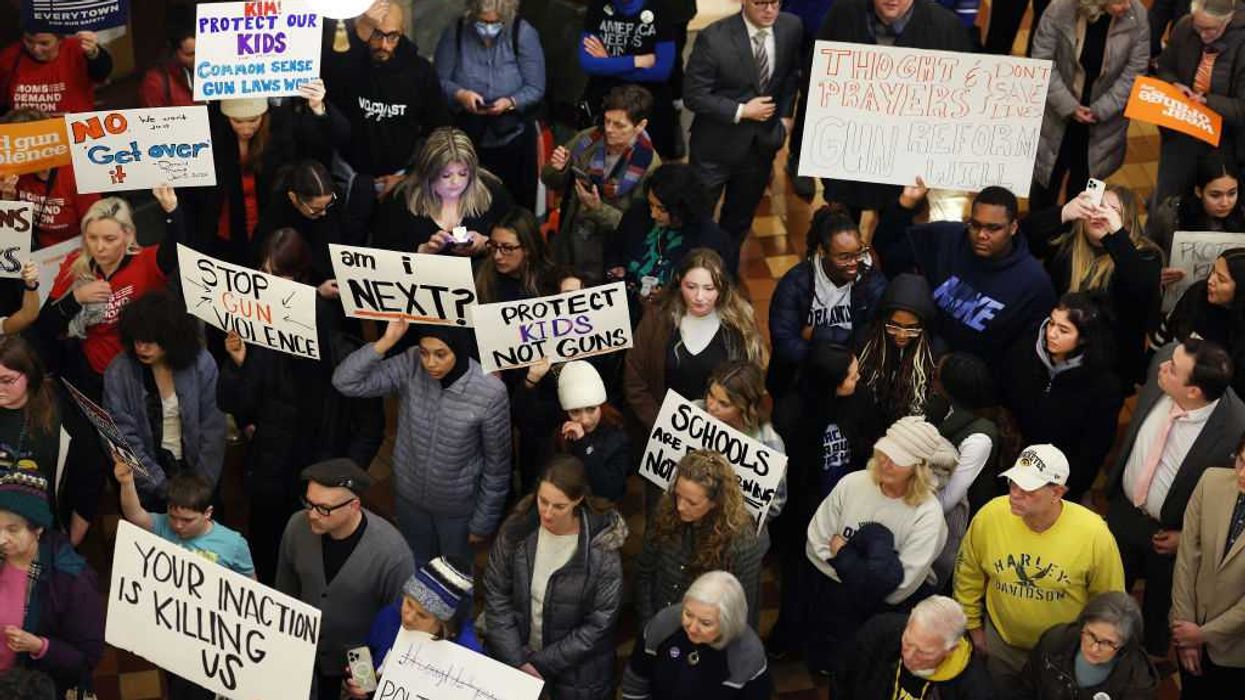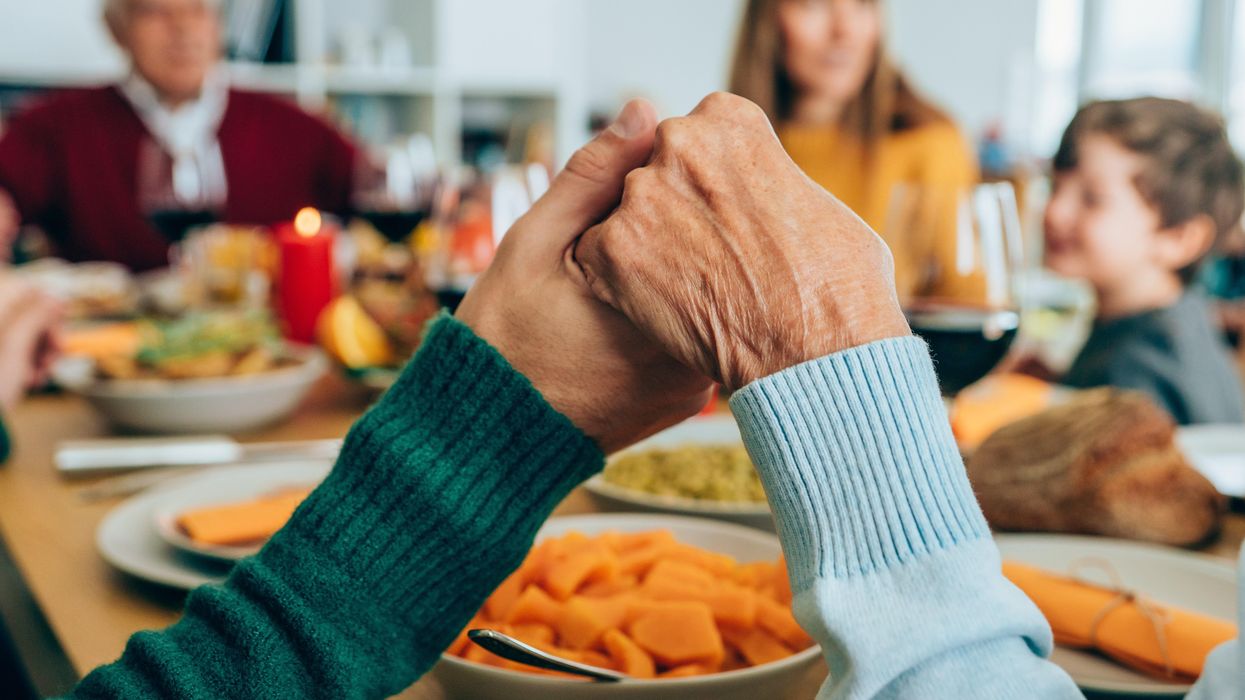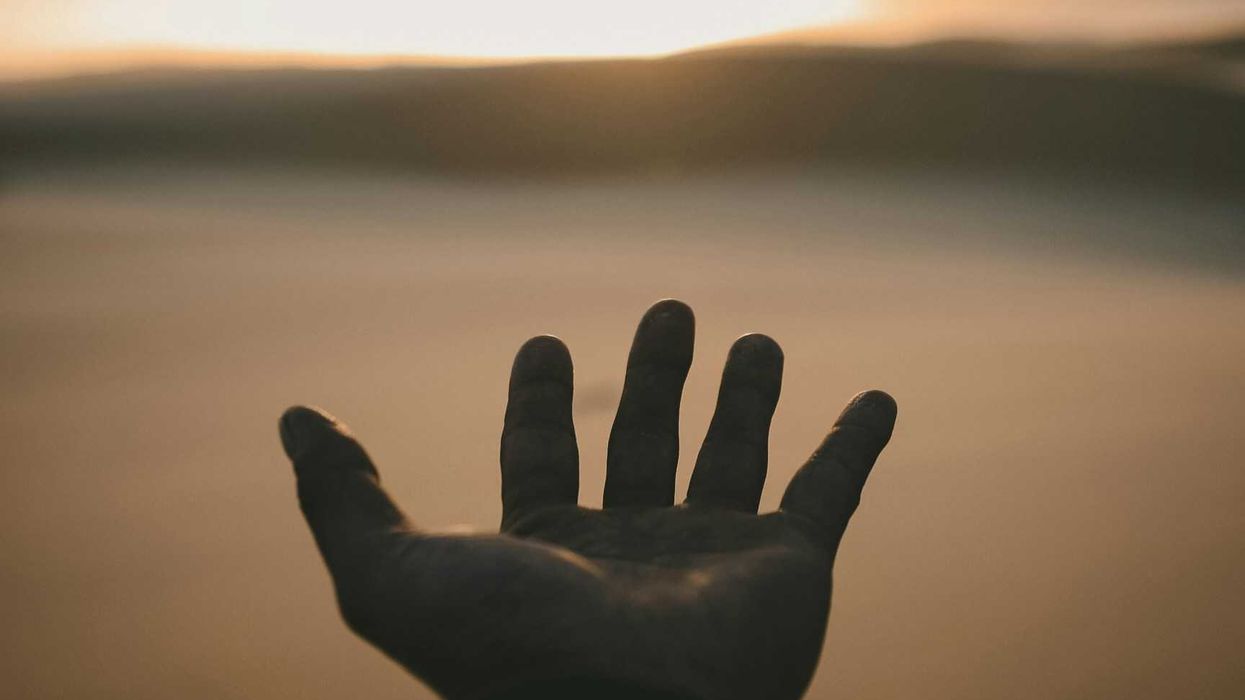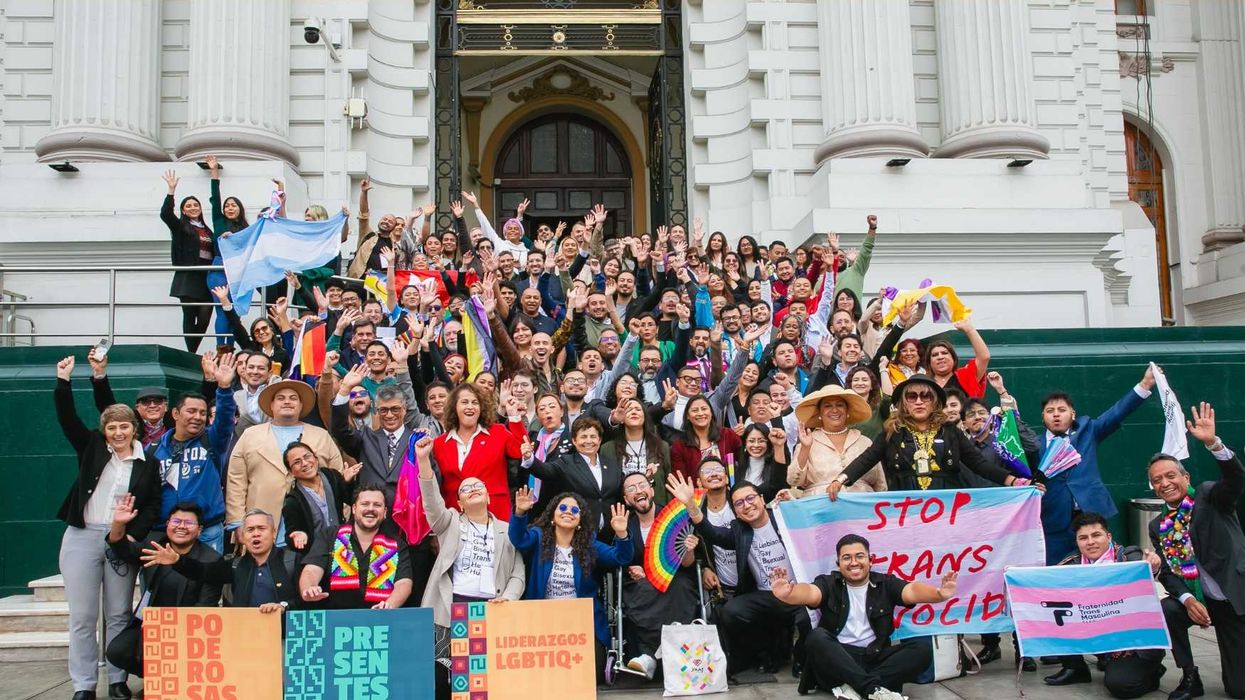The news ticker denotes yet another shooting and fire, this time at a Latter-day Saint church in Michigan. This tragic incident occurred only weeks after the massacre at Annunciation Catholic School in Minneapolis, a tragedy whose shock had barely begun to fade from public memory. Each headline was a fresh rupture in our collective psyche, each one a new entry in the ever-lengthening register of loss. I felt the same fatigue—the hollow, tightening ache of resignation. How many times can we say “not again” before the words' meaning dissipates?
America has a peculiar way of justifying sin and bearing her scars. Our country’s response to violence is not just inadequate; it is complicit. We have constructed a body politic that tolerates, even sanctifies, these acts through legislative inertia and a distorted interpretation of constitutional rights. The sacred text of our republic has become a shield for the status quo, with lawmakers and justices hiding behind its language to justify inaction. Leaders at every level offer only platitudes, as if thoughts and prayers could bind wounds that legislation refuses to heal.
Our nation’s dysfunction runs deeper than any one event or single perpetrator. Behind the headlines are the haunted: families who will never again feel whole, first responders who carry silent burdens, and clergy who must find words when language feels useless. And behind them, a vast community of the traumatized—students, parents, teachers, neighbors—bound together not by choice but by the grim lottery of proximity. This is not the mark of a healthy society. It is the sign of a nation adrift, its soul eroded by violence and its conscience dulled by repetition.
For too long, we have allowed the Second Amendment to become a fetish, a hollow idol masquerading as the protector of liberty while it presides over carnage. The right to bear arms, as presently interpreted, has eclipsed the right to life, to safety, to peace in one’s own community. Courts and legislators, paralyzed by special interests and political cowardice, mistake stubbornness for principle. In their hands, the Constitution is not a living covenant but a brittle relic, wielded to silence dissent, excuse inaction, and preserve power. This is not the vision of the founders. And it is certainly not the vision of any faith tradition worth its salt.
Our willful misreading of scripture and statute alike has become a kind of civic blasphemy, a refusal to see the image of God in the faces of the fallen. For countless numbers of us who lead faith communities, there is no luxury of resignation. It is a work not only to comfort the afflicted but also to rouse the indifferent. We must resist the temptation to grow numb, to treat violence as inevitable. We must insist that this is not normal.
Clerics' role is twofold: to witness and to act. We must name the pain honestly, without flinching from its agony or complexity. We must lament, yes, but lament is not the end. It is the beginning. Continue in questioning: What can we do when the world seems unmoved by our grief? How do we live faithfully in a nation addicted to violence? The following strategies are not panaceas, but they are starting points for those unwilling to accept mass death as the price of citizenship:
- Create spaces for lament and truth-telling.
Refuse the temptation to “move on.” Convene vigils, listening circles, and public rituals of mourning. Let grief and anger be spoken aloud. Name the pain without softening its edges. Invite survivors, first responders, and neighbors to bear witness and honor their vulnerability. - Build local coalitions for prevention and care.
Partner with schools, mental health providers, advocacy groups, and civic leaders to develop trauma-informed responses and preventive strategies. Equip clergy, educators, and volunteers with training in crisis intervention and advocacy. Do not assume expertise—seek it, share it, sustain it. - Challenge perverse constitutional mythologies.
Speak plainly about the ways our legal and political systems have been warped to excuse violence. Teach about the true meaning of justice, the limits of individual rights, and the demands of the common good. Call out lawmakers and judges who hide behind doctrine to avoid responsibility. - Model civic courage and public accountability.
Refuse to accept moral evasion from elected officials. Demand policy change: sensible gun laws, increased funding for mental health, and investments in community safety. Organize letter-writing campaigns, town halls, and peaceful protests. Make it impossible for leaders to ignore your community’s voice. - Foster cross-community solidarity.
Recognize that violence does not respect boundaries of race, religion, or geography. Build relationships across faiths, neighborhoods, and political lines. Share resources and strategies. Learn from global movements and adapt their wisdom to your context. - Cultivate spiritual resilience.
Encourage practices of prayer, meditation, and mutual support that sustain hope in the long haul. Remind one another that despair is not inevitable, and that faith is not passive. Faith acts, even when the odds seem insurmountable.
Simply put, we cannot legislate love, but we can legislate safety. We cannot end evil, but we can refuse to enable it. We cannot restore every broken heart, but we can refuse to surrender our outrage, our empathy, our hope. May we refuse to settle for a politics of impotence and a faith of resignation. My hope is that we become the kind of citizens whose resolve is as fierce as our grief, and whose hope is as stubborn as our pain. Most importantly, let us mourn with Michigan, but let us not stop there.
Rev. Dr. F. Willis Johnson is a spiritual entrepreneur, author, and scholar-practioner whose leadership and strategies around social and racial justice issues are nationally recognized and applied.


















